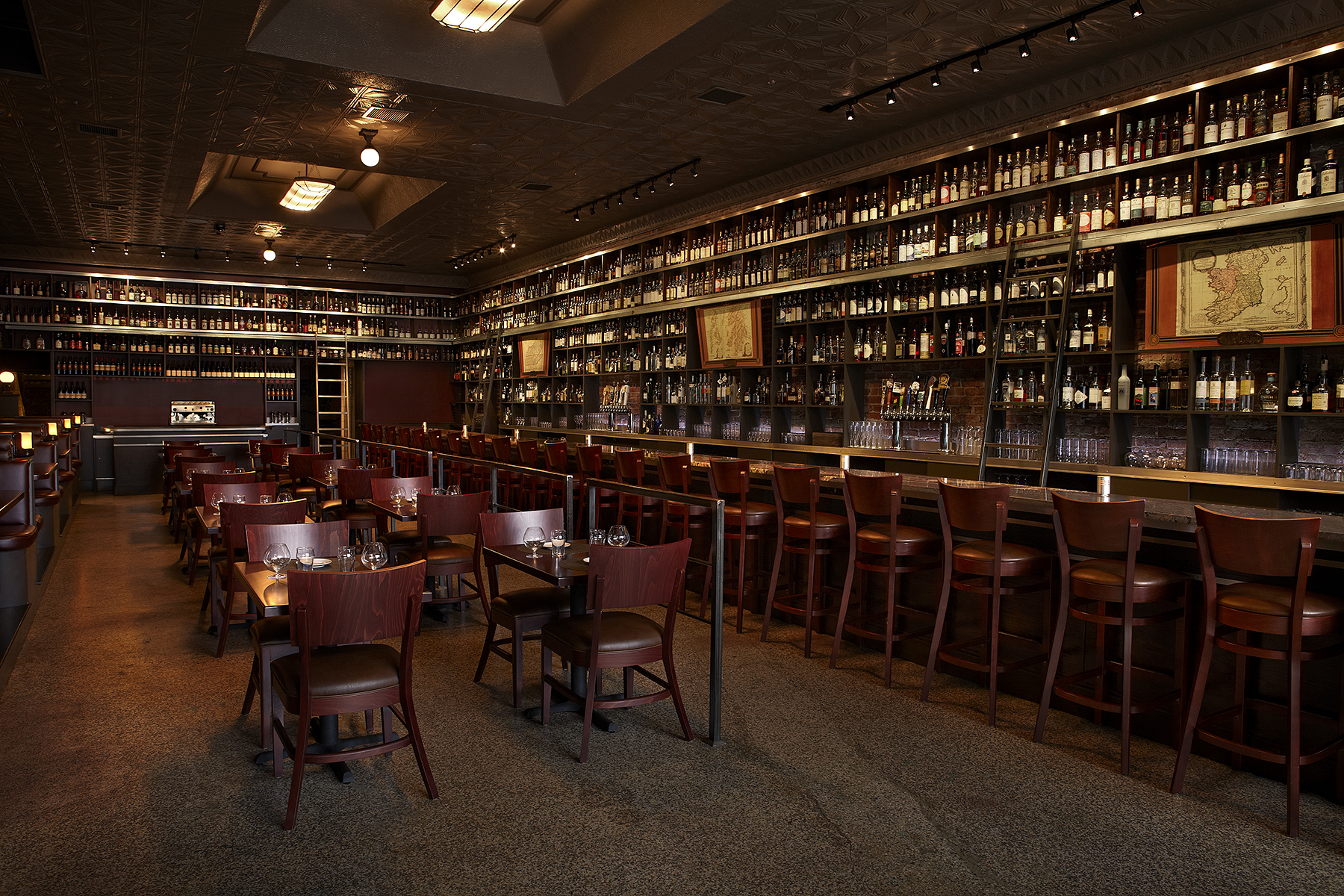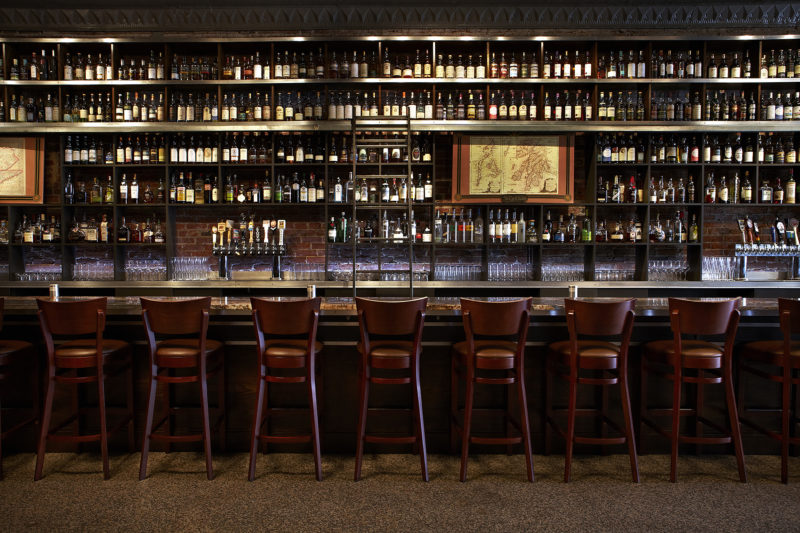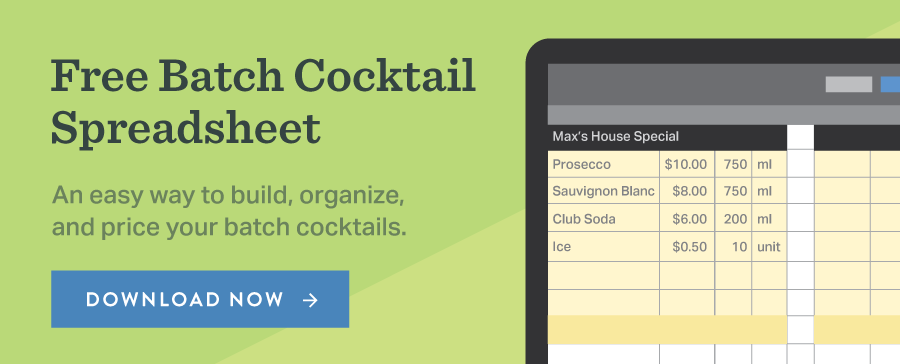


Every bar manager out there knows the struggle of constructing the perfect collection of well spirits, from the challenges of building a new well from scratch to cobbling together the well remnants left by a previous manager to doing a complete overhaul.
Building a well isn’t just a physical gathering of tools and spirits, but also an exercise in budgeting, pour cost analysis and ergonomics. Beyond the practical, an establishment’s choice in well spirits says a considerable amount about their values and taste level. In this two-part series, we explore the difficulties in building a well—and how to overcome them.
Part one of this article series will discuss the practical aspects of well building, from speed rack depth to pour cost to how bottles handle. Part two of this series will discuss the theoretical aspects of well building, from style and consistency to ethics and branding. Together, the articles focus on how to make service run more smoothly, effectively and stylishly.
The perfect well is never going to be the same well as another bar or restaurant’s, which may seem obvious but is necessary to state. We may all idolize the complex, gorgeous multi-well set up of Portland, OR’s Teardrop Lounge, or the seemingly endless bar of Jack Rose’s dining saloon room in Washington, DC, but to replicate them would surely be disastrous.

Teardrop Lounge and Jack Rose have smart, thoughtful wells, back bars and mise en place. It is not simply one aspect of each respective space that makes them shine—every aspect of these bars works in perfect tandem with each other. The creation of a thoughtful well is just one step toward running a successful bar program.
When creating, updating or overhauling a well, ask yourself these key questions:
What does my physical well look like?
What do my physical bottles look like?
What does my pour cost look like?
By beginning to ask yourself these practical questions, facing the construction of a great well can be less daunting. Tune in to part two of this series to learn about taking your well set-up to the next level with questions that help you consider style, consistency and branding.

